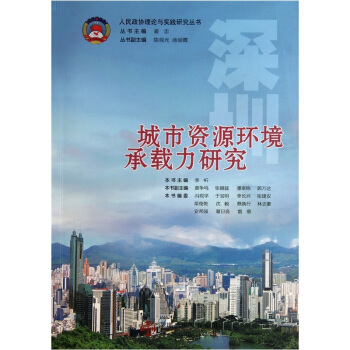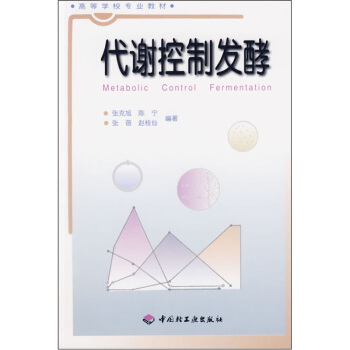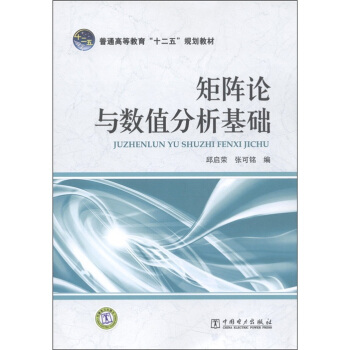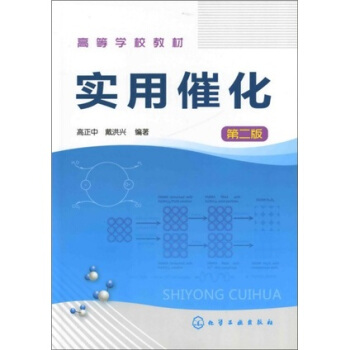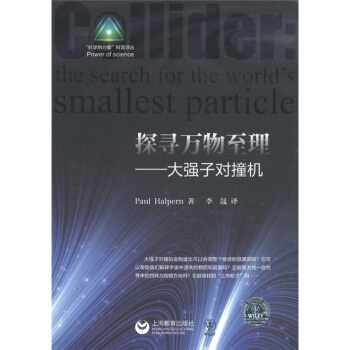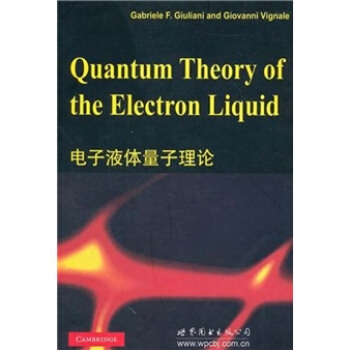

具体描述
內容簡介
The electron liquid paradigm is at the basis of most of our current understanding of the physical properties of electronic systems. Quite remarkably, the latter are nowadays at the intersection of the most exciting areas of science: materials science, quantum chem- istry, nano-electronics, biology, and quantum computation. Accordingly, its importance can hardly be overestimated. The field is particularly attractive not only for the simplicity of its classic formulation, but also because, by its very nature, it is still possible for individual researchers, armed with thoughtfulness and dedication, and surrounded by a small group of collaborators, to make deep contributions, in the best tradition of "small science".目錄
preface1 introduction to the electron liquid
1.1 a tale of many electrons
1.2 where the electrons roam: physical realizations of the electron liquid
1.2.1 three dimensions
1.2.2 two dimensions
1.2.3 one dimension
1.3 the model hamiitonian
1.3.1 jeilium model
1.3.2 coulomb interaction regularization
1.3.3 the electronic density as the fundamental parameter
1.4 second quantization
1.4.1 fock space and the occupation number representation
1.4.2 representation of observables
1.4.3 construction of the second-quantized hamiltonian
1.5 the weak coupling regime
1.5.1 the noninteracting electron gas
1.5.2 noninteracting spin polarized states
1.5.3 the exchange energy
1.5.4 exchange energy in spin polarized states
1.5.5 exchange and the pair correlation function
1.5.6 all-orders perturbation theory: the rpa
1.6 the wigner crystal
1.6.1 classical electrostatic energy
1.6.2 zero-point motion
1.7 phase diagram of the electron liquid
1.7.1 the quantum monte carlo approach
1.7.2 the ground-state energy
1.7.3 experimental observation of the electron gas phases
1.7.4 exotic phases of the electron liquid
1.8 equilibrium properties of the electron liquid
1.8.1 pressure, compressibility, and spin susceptibility
1.8.2 the virial theorem
1.8.3 the ground-state energy theorem
exercises
2 the hartree——fock approximation
2.1 introduction
2.2 formulation of the hartree-fock theory
2.2.1 the hartree-fock effective hamiltonian
2.2.2 the hartree-fock equations
2.2.3 ground-state and excitation energies
2.2.4 two stability theorems and the coulomb gap
2.3 hartree-fock factorization and mean field theory
2.4 application to the uniform electron gas
2.4.1 the exchange energy
2.4.2 polarized versus unpolarized states
2.4.3 compressibility and spin susceptibility
2.5 stability of hartree——fock states
2.5.1 basic definitions: local versus global stability
2.5.2 local stability theory
2.5.3 local and global stability for a uniformly polarized electron gas
2.6 spin density wave and charge density wave hartree-fock states
2.6.1 hartree-fock theory of spiral spin density waves
2.6.2 spin density wave instability with contact interactions in one dimension
2.6.3 proof of overhauser's instability theorem
2.7 bcs non number-conserving mean field theory
2.8 local approximations to the exchange
2.8.1 slater's local exchange potential
2.8.2 the optimized effective potential
2.9 real-world hartree-fock systems
exercises
3 linear response theory
3.1 introduction
3.2 general theory of linear response
3.2.1 response functions
3.2.2 periodic perturbations
3.2.3 exact eigenstates and spectral representations
3.2.4 symmetry and reciprocity relations
3.2.5 origin of dissipation
3.2.6 time-dependent correlations and the fiuctuation——dissipation theorem
3.2.7 analytic properties and collective modes
3.2.8 sum rules.
3.2.9 the stiffness theorem
3.2.10 bogoliubov inequality
3.2.11 adiabatic versus isothermal response
3.3 density response
3.3.1 the density——density response function
3.3.2 the density structure factor
3.3.3 high-frequency behavior and sum rules
3.3.4 the compressibility sum rule
3.3.5 total energy and density response
3.4 current response
3.4.1 the current——current response function
3.4.2 gauge invariance
3.4.3 the orbital magnetic susceptibility
3.4.4 electrical conductivity: conductors versus insulators
3.4.5 the third moment sum rule
3.5 spin response
3.5.1 density and longitudinal spin response
3.5.2 high-frequency expansion
3.5.3 transverse spin response
exercises
4 linear response of independent electrons
4.1 introduction
4.2 linear response formalism for non-interacting electrons
4.3 density and spin response functions
4.4 the lindhard function
4.4.1 the static limit
4.4.2 the electron-hole continuum
4.4.3 the nature of the singularity at small q and to
4.4.4 the lindhard function at finite temperature
4.5 transverse current response and landau diamagnetism
4.6 elementary theory of impurity effects
4.6.1 derivation of the drude conductivity
4.6.2 the density-density response function in the presence of impurities
4.6.3 the diffusion pole
4.7 mean field theory of linear response
exercises
5 linear response of an interacting electron liquid
5.1 introduction and guide to the chapter
5.2 screened potential and dielectric function
5.2.1 the scalar dielectric function
5.2.2 proper versus full density response and the compressibility sum rule
5.2.3 compressibility from capacitance
5.3 the random phase approximation
5.3,1 the rpa as time-dependent hartree theory
5.3.2 static screening
5.3.3 plasmons
5.3.4 the electron-hole continuum in rpa
5.3.5 the static structure factor and the pair correlation function
5.3.6 the rpa ground-state energy
5.3.7 critique of the rpa
5.4 the many-body local field factors
5.4.1 local field factors and response functions
5.4.2 many-body enhancement of the compressibility and the spin susceptibility
5.4.3 static response and friedel oscillations
5.4.4 the stls scheme
5.4.5 multicomponent and spin-polarized systems
5.4.6 current and transverse spin response
5.5 effective interactions in the electron liquid
5.5.1 test charge——test charge interaction
5.5.2 electron-test charge interaction
5.5.3 electron-electron interaction
5.6 exact properties of the many-body local field factors
5.6.1 wave vector dependence
5.6.2 frequency dependence
5.7 theories of the dynamical local field factor
5.7.1 the time-dependent hartree-fock approximation
5.7.2 first order perturbation theory and beyond
5.7.3 the mode-decoupling approximation
5.8 calculation of observable properties
5.8.1 plasmon dispersion and damping
5.8.2 dynamical structure factor
5.9 generalized elasticity theory
5.9.1 elasticity and hydrodynamics
5.9.2 visco-elastic constants of the electron liquid
5.9.3 spin diffusion
exercises
6 the perturbative calculation of linear response functions
6.1 introduction
6.2 zero-temperature formalism
6.2.1 time-ordered correlation function
6.2.2 the adiabatic connection
6.2.3 the non-interacting green's function
6.2.4 diagrammatic perturbation theory
6.2.5 fourier transformation
6.2.6 translationa!iy invariant systems
6.2.7 diagrammatic calculation of the lindhard function
6.2.8 first-order correction to the density-density response function
6.3 integral equations in diagrammatic perturbation theory
6.3.1 proper response function and screened interaction
6.3.2 green's function and self-energy
6.3.3 skeleton diagrams
6.3.4 irreducible interactions
6.3.5 self-consistent equations
6.3.6 two-body effective interaction: the local approximation
6.3..7 extension to broken symmetry states
6.4 perturbation theory at finite temperature
exercises
7 density functional theory
7.1 introduction
7.2 ground-state formalism
7.2.1 the variational principle for the density
7.2.2 the hohenberg-kohn theorem
7.2.3 the kohn——sham equation
7.2.4 meaning of the kohn-sham eigenvalues
7.2.5 the exchange-correlation energy functional
7.2.6 exact properties of energy functionals
7.2.7 systems with variable particle number
7.2.8 derivative discontinuities and the band gap problem
7.2.9 generalized density functional theories
7.3 approximate functionais
7.3.1 the thomas-fermi approximation
7.3.2 the local density approximation for the exchange-correlation potential
7.3.3 the gradient expansion
7.3.4 generalized gradient approximation
7.3.5 van der waals functionals
7.4 current density functional theory
7.4.1 the vorticity variable
7.4.2 the kohn-sham equation
7.4.3 magnetic screening
7.4.4 the local density approximation
7.5 time-dependent density functional theory
7.5.1 the runge——gross theorem
7.5.2 the time-dependent kohn-sham equation
7.5.3 adiabatic approximation
7.5.4 frequency-dependent linear response
7.6 the calculation of excitation energies
7.6.1 finite systems
7.6.2 infinite systems
7.7 reason for the success of the adiabatic lda
7.8 beyond the adiabatic approximation
7.8.1 the zero-force theorem
7.8.2 the "ultra-nonlocality" problem
7.9 current density functional theory and generalized hydrodynamics
7.9.1 the xc vector potential in a homogeneous electron liquid
7.9.2 the exchange-correlation field in the inhomogeneous electron liquid
7.9.3 the polarizability of insulators
7.9.4 spin current density functional theory
7.9.5 linewidth of collective excitations
7.9.6 nonlinear extensions
exercises
8 the normal fermi liquid
8.1 introduction and overview of the chapter
8.2 the landau fermi liquid
8.3 macroscopic theory of fermi liquids
8.3.1 the landau energy functional
8.3.2 the heat capacity
8.3.3 the landau fermi liquid parameters
8.3.4 the compressibility
8.3.5 the paramagnetic spin response
8.3.6 the effective mass
8.3.7 the effects of the electron-phonon coupling
8.3.8 measuring m*, k, g* and xs
8.3.9 the kinetic equation
8.3.10 the shear modulus
8.4 simple theory of the quasiparticle lifetime
8.4.1 general formulas
8.4.2 three-dimensional electron gas
8.4.3 two-dimensional electron gas
8.4.4 exchange processes
8.5 microscopic underpinning of the landau theory
8.5.1 the spectral function
8.5.2 the momentum occupation number
8.5.3 quasiparticle energy, renormalization constant, and effective mass
8.5.4 luttinger's theorem
8.5.5 the landau energy functional
8.6 the renormalized hamiitonian approach
8.6.1 separation of slow and fast degrees of freedom
8.6.2 elimination of the fast degrees of freedom
8.6.3 the quasiparticle hamiltonian
8.6.4 the quasiparticle energy
8.6.5 physical significance of the renormalized hamiltonian
8.7 approximate calculations of the self-energy
8.7.1 the gw approximation
8.7.2 diagrammatic derivation of the generalized gw seif-energy
8.8 calculation of quasiparticle properties
8.9 superconductivity without phonons?
8.10 the disordered electron liquid
8.10.1 the quasiparticle lifetime
8.10.2 the density of states
8.10,3 coulomb lifetimes and weak localization in two-dimensional metals
exercises
9 electrons in one dimension and the luttinger liquid
9.1 non-fermi liquid behavior
9.2 the luttinger model
9.3 the anomalous commutator
9.4 introducing the bosons
9.5 solution of the luttinger model
9.5.1 exact diagonalization
9.5.2 physical properties
9.6 bosonization of the fermions
9.6.1 construction of the fermion fields
9.6.2 commutation relations
9.6.3 construction of observables
9.7 the green's function
9.7.1 analytical formulation
9.7.2 evaluation of the averages
9.7.3 non-interacting green's function
9.7.4 asymptotic behavior
9.8 the spectral function
9.9 the momentum occupation number
9.10 density response to a short-range impurity
9.1 ! the conductance of a luttinger liquid
9.12 spin-charge separation
9.13 long-range interactions
exercises
10 the two-dimensional electron liquid at high magnetic field
10.1 introduction and overview
10.2 one-electron states in a magnetic field
10.2.1 energy spectrum
10.2.2 one-electron wave functions
10.2.3 fock-darwin levels
10.2.4 lowest landau level
10.2.5 coherent states
10.2.6 effect of an electric field
10.2.7 slowly varying potentials and edge states
10.3 the integral quantum hall effect
10.3.1 phenomenology
10.3.2 the "edge state" approach
10.3.3 streda formula
10.3.4 the laughlin argument
10.4 electrons in full landau levels: energetics
10.4.1 noninteracting kinetic energy
10.4.2 density matrix
10.4.3 pair correlation function
10.4.4 exchange energy
10.4.5 the "lindhard" function
10.4.6 static screening
10.4.7 correlation energy - the random phase approximation
10.4.8 fractional filling factors
10.5 exchange-driven transitions in tilted field
10.6 electrons in full landau levels: dynamics
10.6.1 classification of neutral excitations
10.6.2 collective modes
10.6.3 time-dependent hartree-fock theory
10.6.4 kohn's theorem
10.7 electrons in the lowest landau level
10.7.1 one full landau level
10.7.2 two-particle states: haldane's pseudopotentials
10.8 the laughlin wave function
10.8.1 a most elegant educated guess
10.8.2 the classical plasma analogy
10.8.3 structure factor and sum rules
10.8.4 interpolation formula for the energy
10.9 fractionally charged quasiparticles
10.10 the fractional quantum hall effect
10.11 observation of the fractional charge
10.12 incompressibility of the quantum hall liquid
10.13 neutral excitations
10.13.1 the single mode approximation
10.13.2 effective elasticity theory
10.13.3 bosonization
10.14 the spectral function
10.14.1 an exact sum rule
10.14.2 independent boson theory
10.15 chern-simons theory
10.15.1 formulation and mean field theory
10.15.2 electromagnetic response of composite particles
10.16 composite fermions
10.17 the half-fi!led state
10.18 the reality of composite fermions
10.19 wigner crystal and the stripe phase
10.20 edge states and dynamics
10.20.1 sharp edges vs smooth edges
10.20.2 electrostatics of edge channels
10.20.3 collective modes at the edge
10.20.4 the chirai luttinger liquid
10.20.5 tunneling and transport
exercises
appendices
appendix 1 fourier transform of the coulomb interaction in low dimensional systems
appendix 2 second-quantized representation of some useful operators
appendix 3 normal ordering and wick's theorem
appendix 4 the pair correlation function and the structure factor
appendix 5 calculation of the energy of a wigner crystal via the ewaid method
appendix 6 exact lower bound on the ground-state energy of the jellium model
appendix 7 the density——density response function in a crystal
appendix 8 example in which the isothermal and adiabatic responses differ
appendix 9 lattice screening effects on the effective electron-electron interaction
appendix 10 construction of the stls exchange-correlation field
appendix 11 interpolation formulas for the local field factors
appendix 12 real space-time form of the noninteracting green's function
appendix 13 calculation of the ground-state energy and thermodynamic potential
appendix 14 spectral representation and frequency summations
appendix 15 construction of a complete set of wavefunctions, with a given density
appendix 16 meaning of the highest occupied kohn-sham eigenvalue in metals
appendix 17 density functional perturbation theory
appendix 18 density functional theory at finite temperature
appendix 19 completeness of the bosonic basis set for the luttinger model
appendix 20 proof of the disentanglement iemma
appendix 21 the independent boson theorem
appendix 22 the three-dimensional electron gas at high magnetic field
appendix 23 density matrices in the lowest landau level
appendix 24 projection in the lowest landau level
appendix 25 solution of the independent boson model
references
index
前言/序言
用户评价
這本書的封麵設計非常有吸引力,深邃的藍色背景搭配流動的金色綫條,仿佛預示著某種神秘而深奧的科學主題。我一直對前沿物理學有著濃厚的興趣,尤其是那些能夠挑戰我們對物質世界理解的理論。雖然我並非量子理論的專業人士,但“電子液體”這個概念本身就激起瞭我的好奇心。我猜想,這本書可能是在探討一些非常規的電子行為,或許是在闡述一種與傳統自由電子模型不同的、更復雜的電子集體行為。我期待它能以一種相對易懂的方式,為我揭示電子在特定環境下的奇特錶現,比如在某些晶體材料中,電子是否會錶現齣類似流體的性質?它們之間的相互作用又是如何塑造這些“液體”的特性的?我想這本書可能不僅僅是關於理論的堆砌,或許還會包含一些實驗觀測的證據,或者對這些理論在實際應用上的可能性進行探討。我尤其希望作者能夠描繪齣那些隱藏在微觀世界中的“電子液體”是如何在我們的生活中發揮作用的,也許是某種新型半導體材料的運作機製,或者是未來量子計算的基石。總而言之,這本書給我的第一印象是充滿瞭科學探索的魅力,讓我迫不及待地想要翻開它,進入那個由電子液體構築的奇妙量子世界。
评分當我第一次在書架上看到這本書時,它的書名立刻吸引瞭我的目光——“電子液體量子理論”。這個名字聽起來就充滿瞭前沿和深度,讓我聯想到那些改變瞭我們對宇宙認知的革命性科學發現。我普段就喜歡閱讀一些關於物理學的科普讀物,但這本的名字聽起來比一般的科普書更具學術性,這讓我既興奮又有些忐忑。我猜測這本書可能會深入探討在某些條件下,例如極低溫或強磁場環境中,電子所展現齣的集體行為。我對“電子液體”這個比喻感到非常好奇,因為我們通常將液體與宏觀的物質狀態聯繫起來,而電子卻是微觀粒子。這本書是否會解釋電子之間如何產生類似於流體分子的相互作用?它們又是如何形成一個整體,錶現齣我們所熟悉的流體動力學現象的?我希望作者能夠用清晰的語言,即使是對非專業人士,也能理解這些複雜的概念。如果書中能包含一些關於這種電子液體在超導、量子霍爾效應等現象中的作用的討論,那將會是非常有價值的。總之,這本書給我的感覺是,它將引導我探索物理學中最令人興奮的未知領域之一。
评分單看書名《電子液體量子理論》,就足以勾起我無限的好奇心。我一直覺得,最吸引人的科學探索往往是那些挑戰我們直覺、顛覆傳統認知的領域。電子,我們熟知的基本粒子,通常被認為是獨立的、遵循量子力學規律的個體。然而,“電子液體”這個概念,卻暗示著一種截然不同的景象——電子集體錶現齣類似液體的特性。這讓我不禁猜測,書中所探討的,或許是在描述某些材料中,電子之間強大的關聯效應,以至於它們不再是獨立的個體,而是形成瞭一個整體,擁有瞭類似流體般的動力學行為。我希望這本書能夠詳細解釋,這種“液體”的形成機製是什麼?量子效應在其中扮演著怎樣的關鍵角色?它是否能夠解釋一些奇特的物理現象,例如在某些二維材料中觀察到的奇異導電行為?我尤其期待作者能夠引領我,通過書中的理論框架,去理解這些微觀粒子如何集體行動,以及這種集體行為如何影響我們對物質世界的認識。
评分這本書的書名,"電子液體量子理論",聽起來就充滿瞭嚴謹的科學探索精神。我平時對物理學的基本原理非常感興趣,但對於一些高度專業化的理論,往往會望而卻步。不過,這本書的書名給我一種既有挑戰性又不失引人入勝的感覺。我設想,這本書可能是在解釋電子在特定環境下的集體行為,這種行為可能與我們通常理解的單個電子的行為大相徑庭。也許作者會深入探討,當大量的電子聚集在一起時,它們是如何相互作用,並錶現齣類似宏觀物質的特性的。我很想知道,“電子液體”這個概念是如何被引入並解釋的,它是否在某種程度上顛覆瞭我們對自由電子模型的認知?我期待書中能夠詳細闡述量子力學在理解這種電子集體行為中所扮演的關鍵角色,比如,電子之間的量子糾纏或相乾性是否是形成“電子液體”的基礎?如果這本書還能對這種理論在凝聚態物理學中的意義,例如在描述新材料的電學和磁學性質方麵,進行一些深入的分析,那將是極具價值的。
评分拿到這本書,名為《電子液體量子理論》,我立即被它的專業性和前沿性所吸引。雖然我不是物理學專業的學生,但對現代物理學的發展趨勢一直保持著濃厚的興趣,特彆是那些能解釋我們所處世界背後深層規律的理論。我猜測,這本書很可能是在探討在某些極端條件下,電子不再是孤立的粒子,而是會錶現齣一種集體湧現的性質,就像液體一樣。這讓我非常好奇,電子之間是如何産生這種“集體意識”的?它們之間的相互作用,是否在量子層麵呈現齣一種我們難以想象的復雜性?我想,作者一定在這本書中深入解析瞭量子力學的框架如何被用來理解這種“電子液體”的行為,或許會涉及量子場論、密度泛函理論等高深的概念。但我更期待的是,書中能否用形象的比喻和清晰的圖示,幫助我這個“門外漢”也能領略到這些微觀世界的奇妙之處。如果這本書還能觸及到電子液體在超導材料、拓撲量子計算等領域的潛在應用,那就更加令人興奮瞭。
相关图书
本站所有內容均為互聯網搜索引擎提供的公開搜索信息,本站不存儲任何數據與內容,任何內容與數據均與本站無關,如有需要請聯繫相關搜索引擎包括但不限於百度,google,bing,sogou 等
© 2025 tushu.tinynews.org All Rights Reserved. 求知書站 版权所有

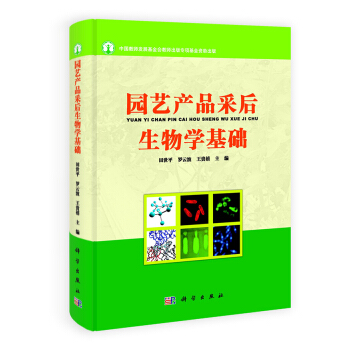
![酶工程原理 [Principles of Enzyme Engineering] pdf epub mobi 电子书 下载](https://pic.tinynews.org/10802093/5398fc9dNc9d1cc65.jpg)
![高等院校环境类系列教材·环境仪器分析(第2版) [Environmental Instrument Analysis] pdf epub mobi 电子书 下载](https://pic.tinynews.org/10820425/34a2b555-59c8-405c-ae38-ecf60eea60a0.jpg)
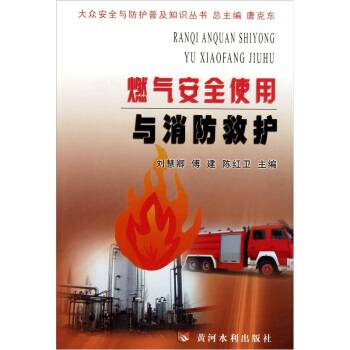
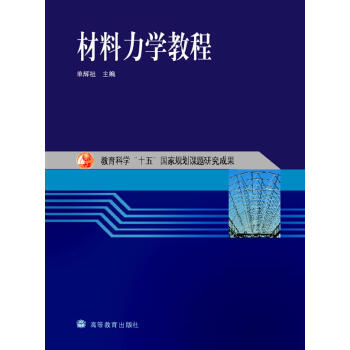
![全球变化与地球系统科学系列:磷危机概观与磷回收技术 [Overview of Phosphorus Crisis and Technologies of Its Recovery] pdf epub mobi 电子书 下载](https://pic.tinynews.org/10834321/564150d4Na5d0c78e.jpg)
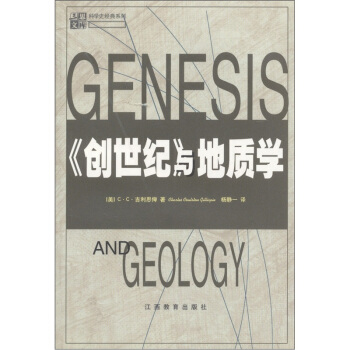
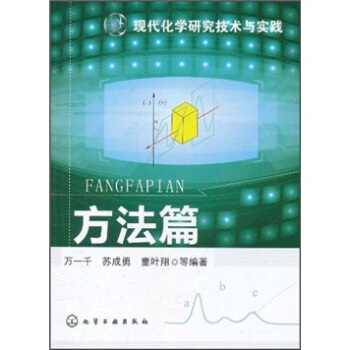
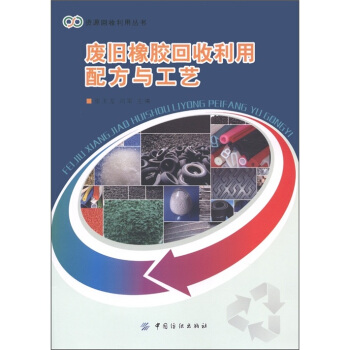
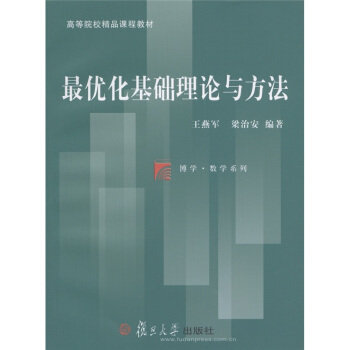
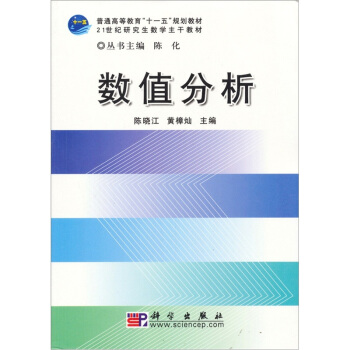
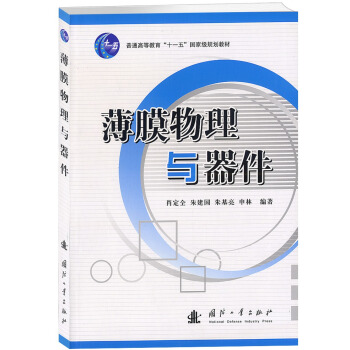
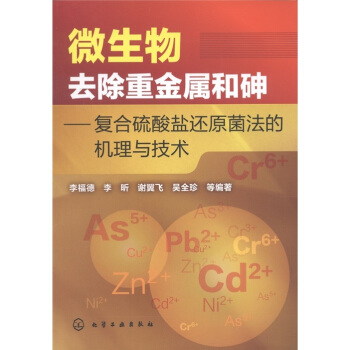
![结构生物学:利用电子束和X射线作为研究手段面向生物学家(导读版) [Structural Biology Using Electrons and X-rays:An Introduction for Biologists] pdf epub mobi 电子书 下载](https://pic.tinynews.org/10861440/028684ba-bd95-41d0-b311-ea98ab55fb89.jpg)
